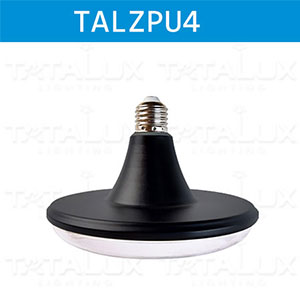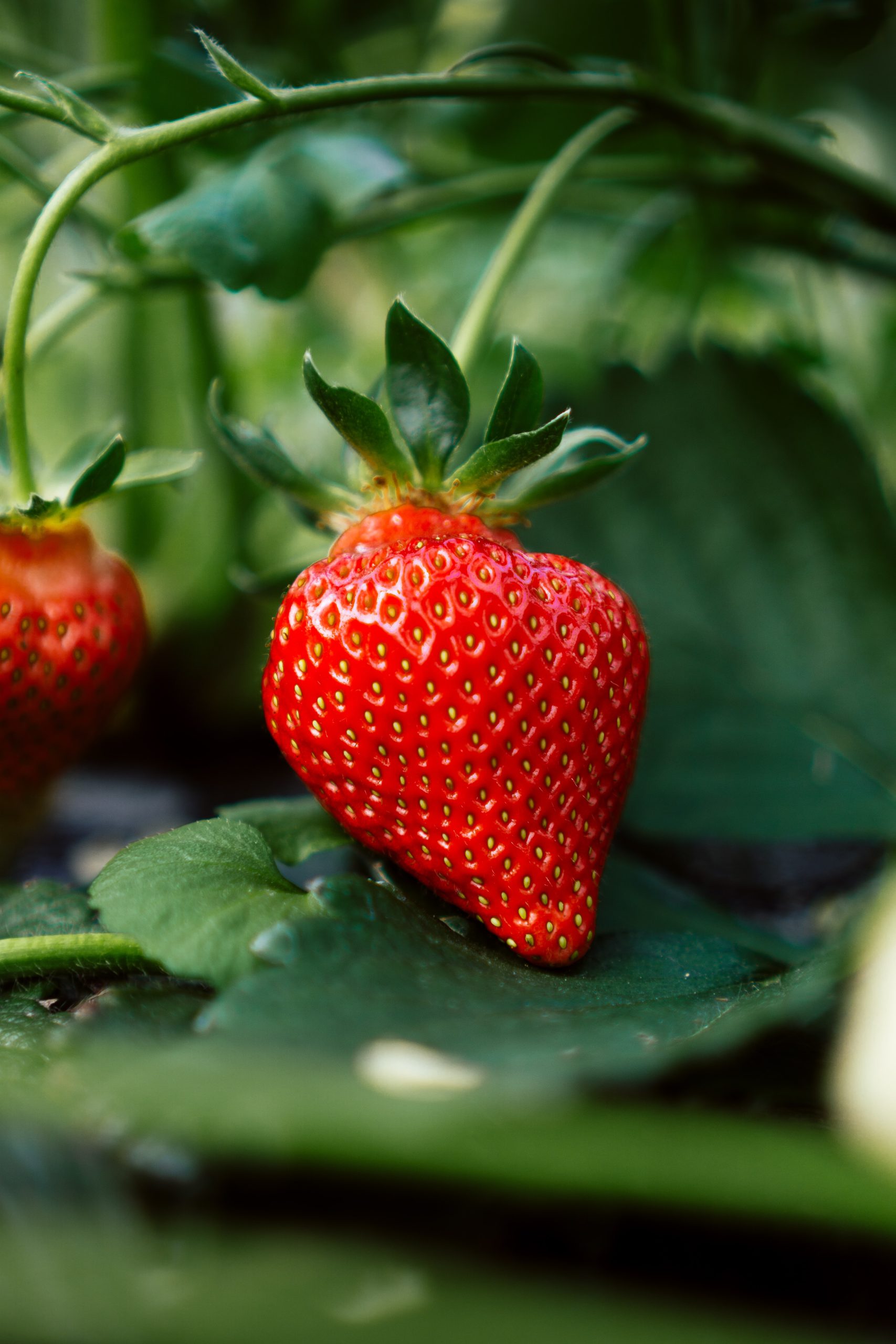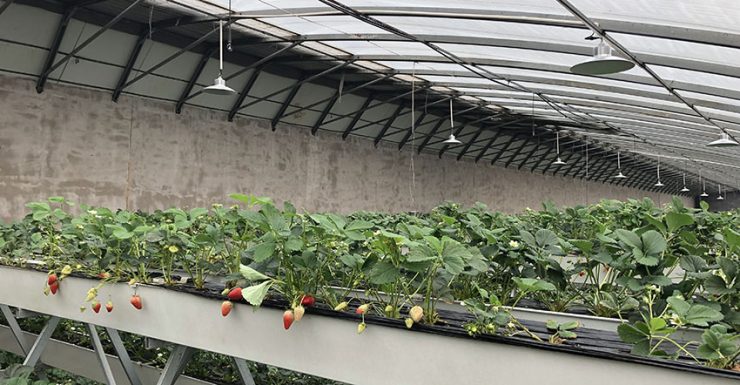—Scientific Strategies for Tadiran Grow Lights (TALZPU4) to Promote Growth, Enhance Quality, and Regulate Growth Cycles
With the development of facility agriculture, supplemental lighting technology has become a crucial means of optimizing the growing environment for greenhouse strawberry cultivation. Tadiran grow lights (TALZPU5) , through scientific spectral design and intensity regulation, can effectively promote strawberry enlargement, improve fruit color and sweetness, and precisely regulate growth cycles, achieving the goals of high yield, superior quality, and off-season production.
1. Selection of Grow Lights: Scientific Matching of Spectrum and Intensity
Strawberries have stage-specific requirements for light quality. Choosing the right type of grow light is the core of the technology:
Tadiran Full-Spectrum LED Lights (TALZPU4)

Advantages: Customizable red-to-blue light ratio (recommended 4:1 for flowering and fruiting stages). Red light (630-660nm) promotes flower bud differentiation and fruit enlargement, while blue light (450-470nm) enhances leaf photosynthetic efficiency.
Application Scenarios: Suitable for all growth stages, especially for supplemental lighting during cloudy or rainy weather.
2. Supplemental Lighting Implementation Strategies: Timing, Intensity, and Spatial Optimization
1. Lighting Schedule Planning
Winter/Overcast Days: Provide 4-6 hours of supplemental lighting daily, preferably during periods of weakest natural light (9:00-11:00 and 15:00-17:00).
Flowering Regulation: Extending light exposure to 14-16 hours per day can advance flowering by 7-10 days; short-day treatment (8 hours) delays flowering, enabling off-season production.
2. Light Intensity and Installation Parameters
Light Intensity Requirements: Maintain photosynthetic active radiation (PAR) at 200-400 μmol/(m²·s), with real-time monitoring using a light meter.
Installation Plan: Hang LED lights every 4-5 meters in rows, 0.8-1.2 meters above the plants. For HPS lamps, a power density of 50-80W per square meter is recommended.
3. Spatial Lighting Techniques
Layered Lighting: For vertical cultivation systems, add supplemental lights at different heights to ensure uniform light exposure for middle and lower leaves.
Reflective Film Assistance: Lay aluminum foil reflective film in the greenhouse to increase bottom light intensity by over 30%.



 A LED lighting manufacturer as well as professional OEM vendor with abundant export experience.
A LED lighting manufacturer as well as professional OEM vendor with abundant export experience.